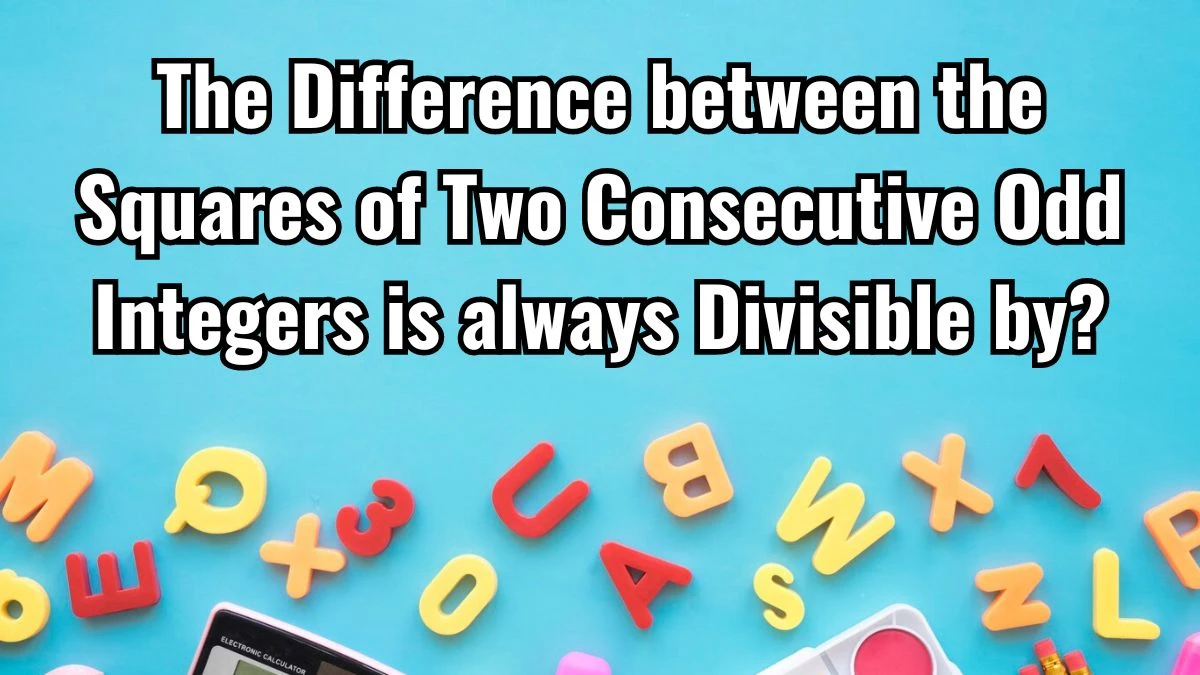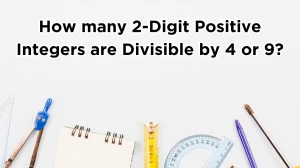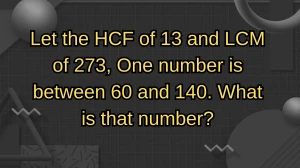The Difference between the Squares of Two Consecutive Odd Integers is always Divisible by?
by
Updated Jun 22, 2024

The Difference between the Squares of Two Consecutive Odd Integers is always Divisible by?
When we examine the difference between the squares of two consecutive odd integers, we can use algebra to show that this difference is always divisible by 8.
Let the first odd integer be (2x+1)
The next consecutive odd integer is (2x+3)
The square of the first integer: (2x+1)²
The square of the second integer: (2x+3)²
(2x+1)² = 4x² + 4x + 1
(2x+3)² = 4x² + 12x + 9
Subtract the square of the first integer from the square of the second
(2x+3)² - (2x+1)² = (4x² + 12x + 9) - (4x² + 4x + 1)
(4x² + 12x + 9) - (4x² + 4x + 1) = 4x² + 12x + 9 - 4x² - 4x - 1
= 8x + 8
= 8(x + 1)
This expression is always divisible by 8
Therefore, the difference between the squares of any two consecutive odd integers is always divisible by 8.
Difference between Squares of Consecutive Odd Integers
The concept of the difference between the squares of two consecutive odd integers is a main topic in mathematics. This difference has a unique property that makes it noteworthy.
Consecutive Odd Integers
- Odd integers are numbers like 1, 3, 5, 7, and so on.
- Consecutive odd integers are odd numbers that follow each other without any even numbers in between.
Squaring Odd Integers
- Squaring a number means multiplying the number by itself.
- When we square an odd integer, we get another odd number.
Calculating the Difference
- To find the difference between the squares of two consecutive odd integers, we subtract the square of the smaller integer from the square of the larger integer.
- This difference can be simplified using algebraic expressions.
Simplified Result
- When the algebraic expressions are simplified, it turns out that the difference between the squares of two consecutive odd integers is always a multiple of 8.
- This means that no matter which consecutive odd integers we choose, the result of their squares' difference is always divisible by 8.
- This can be proven by defining the two consecutive odd integers in terms of a variable, squaring them, and then subtracting the results.
- The final expression always includes 8 as a factor, demonstrating this unique property.




